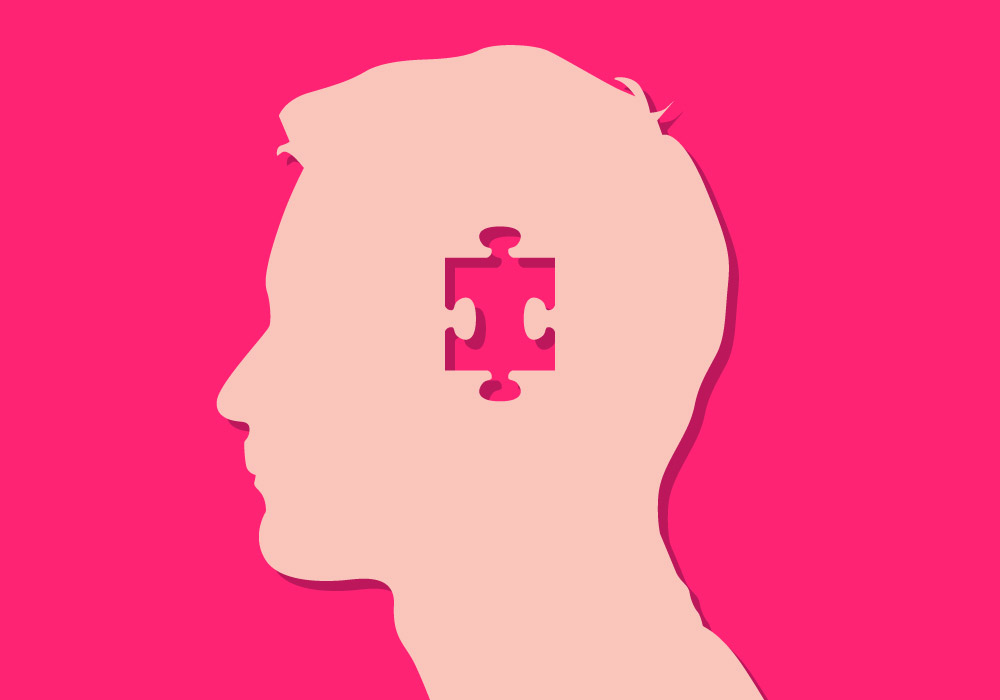
A years-long case involving a teacher’s use of hypnosis on students and staff members at a Florida school was back in the news this week when the case was settled before going to trial. Since it was not tried in court, culpability has not been determined, but it has raised some questions about the safety and efficacy of hypnotherapy.
Hypnosis is an induced trance-like state that’s intended to provide an intensive awareness of the present moment; indeed, its clinical application bears no resemblance to the “You are getting sleepy” parlor tricks depicted in horror movies and on TV.
“Contrary to how hypnosis is sometimes portrayed, you don’t lose control over your behavior while under hypnosis,” experts at the Mayo Clinic write. “You generally remain aware of and remember what happens under hypnosis.”
Dr. Andrew Weil, a physician and leading expert in integrative medicine, says hypnosis is safe and effective, adding that the practice would benefit from more study. “I think it has been insufficiently researched because it has generally not been taken seriously by the research community,” he says. Weil says he’s seen most benefit in people with stress-related skin conditions, GI issues, autoimmune diseases and for kicking bad habits like smoking. “I think it has been tainted by its association with stage hypnosis,” Weil says.
The National Center for Complementary and Integrative Health (NCCIH) says hypnotherapy has been studied for conditions including anxiety, headaches, pain control, irritable bowl syndrome, and quitting smoking. The agency cites some research that suggests clinical hypnosis can help some women with hot flashes. Some evidence suggests hypnosis relaxation therapy could help with pain management.
“Hypnosis is a mental state, not, per se, a treatment,” says Dr. David Spiegel, medical director of the Center for Integrative Medicine at Stanford University School of Medicine. “People think it is a means of taking away control, but it is actually a means of enhancing control—over perceptions such as pain, anxiety, habits, stress.”
Typically in hypnosis, a practitioner guides an individual into a trance-like state, usually after discussing an individual’s thoughts, expectations and goals. Once a person is in that state, the therapist will speak to the patient and may ask them to do some visualization. Often, people are then taught how to do this on their own.
“All hypnosis is really self-hypnosis,” says Spiegel. “I teach my patients to use it for themselves to address the problem they are dealing with. It is a powerful treatment extender. They don’t need to keep seeing me to get benefits. I see many of my patients only one time to assess them, measure their hypnotizability, and teach them self-hypnosis to address the problem.”
It’s recommended that people who want to try hypnosis choose a therapist or health care professional that has been trained and licensed. Members of The American Society of Clinical Hypnosis (ASCH) are licensed healthcare workers who are credentialed and trained in an accredited field of study. You can search for a licensed professional on the ASCH website here.
Spiegel says that if used in a misguided or dangerous way, a hypnotist could, in theory, exploit those he is working on.
“I think it should be much more widely used,” says Weil. “It’s safe, it’s inexpensive and it can produce dramatic results.”
More Must-Reads from TIME
- How Donald Trump Won
- The Best Inventions of 2024
- Why Sleep Is the Key to Living Longer
- Robert Zemeckis Just Wants to Move You
- How to Break 8 Toxic Communication Habits
- Nicola Coughlan Bet on Herself—And Won
- Why Vinegar Is So Good for You
- Meet TIME's Newest Class of Next Generation Leaders
Contact us at letters@time.com